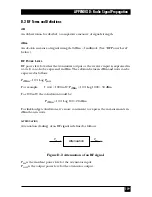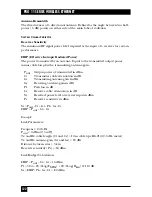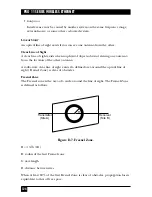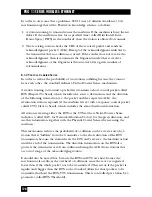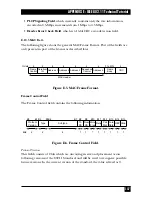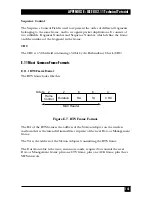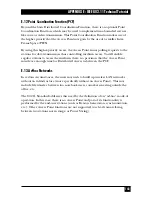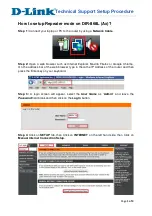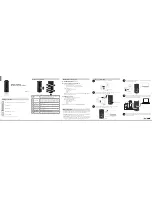
133
APPENDIX E: IEEE 802.11 Technical Tutorial
Both methods are valid. A method is chosen according to the power
consumption/performance trade-off.
E.4.1 T
HE
A
UTHENTICATION
P
ROCESS
Once the station has located an Access Point, and decides to join its BSS, it goes
through the Authentication Process. This is the interchange of information
between the Access Point and the station, where each side proves the knowledge of
a given password.
E.4.2 T
HE
A
SSOCIATION
P
ROCESS
Once the station is authenticated, it then starts the Association Process, which is
the exchange of information about the station and BSS capabilities, and which
allows the DSS (the set of Access Points) to know about the current position of the
station). A station is capable of transmitting and receiving data frames only after
the association process is completed.
E.5 Roaming
Roaming is the process of moving from one cell (or BSS) to another without losing
connection. This function is similar to the cellular phones’ handover, with two
main differences:
1. On a packet-based LAN system, the transition from cell to cell may be
performed between packet transmissions, as opposed to telephony where the
transition may occur during a phone conversation. This makes the LAN
roaming a little easier, but
2. On a voice system, a temporary disconnection may not affect the conversation,
while in a packet-based environment it significantly reduces performance,
because retransmission is then performed by the upper-layer protocols.
The 802.11 standard does not define how roaming should be performed, but
defines the basic tools. These include active/passive scanning, and a re-association
process, where a station which is roaming from one Access Point to another
becomes associated with the new one. (The Pro 11 Series product line provides a
patented enhanced roaming mechanism which allows stations to roam at speeds of
60 km/h without losing or duplicating packets.)
Содержание LW0050A
Страница 2: ......

